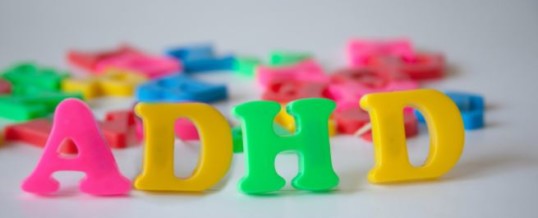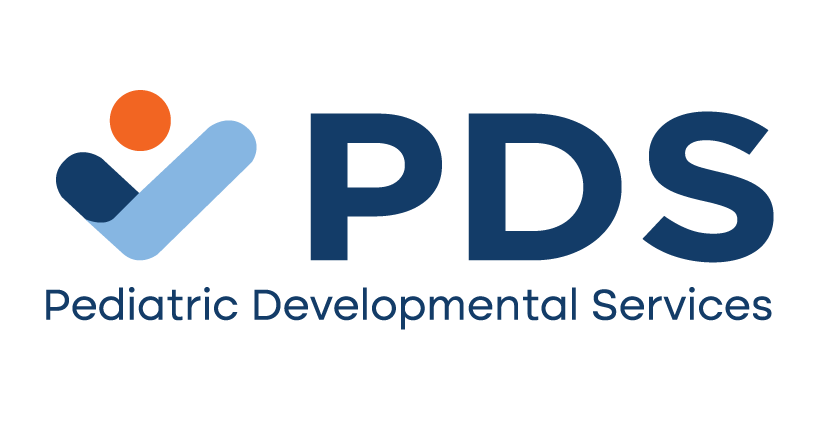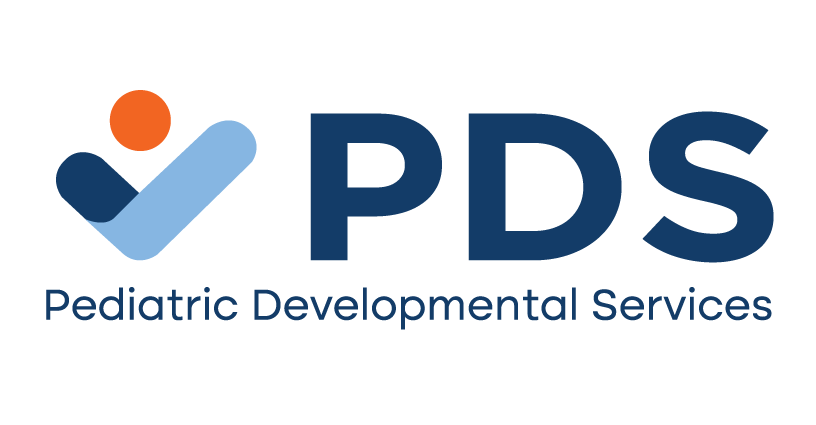
Attention-deficit/hyperactivity disorder (ADHD) is one of the most common mental disorders affecting children. Symptoms of ADHD include inattention (not being able to keep focus), hyperactivity (excess movement that is not fitting to the setting) and impulsivity (hasty acts that occur in the moment without thought).
An estimated 5 percent of children and 2.5 percent of adults have ADHD. ADHD is often first identified in school-aged children when it leads to disruption in the classroom or problems with schoolwork. It is more common among boys than girls.
Symptoms and Diagnosis
Many ADHD symptoms, such as high activity levels, difficulty remaining still for long periods of time and limited attention spans, are common to young children in general. The difference in children with ADHD is that their hyperactivity and inattention are noticeably greater than expected for their age and cause distress and/or problems functioning at home, at school or with friends.
ADHD is diagnosed as one of three types: inattentive type, hyperactive/impulsive type or combined type. A diagnosis is based on the symptoms that have occurred over the past six months.
Inattentive type – six of the following symptoms occur frequently:
-
- Doesn’t pay close attention to details or makes careless mistakes in school tasks.
- Has problems staying focused on tasks or activities, such as during lectures, conversations or long reading.
- Does not seem to listen when spoken to.
- Does not follow through on instructions and doesn’t complete schoolwork, chores (may start tasks but quickly loses focus).
- Has problems organizing tasks (for instance, does not manage time well; has messy, disorganized work; misses deadlines).
- Avoids or dislikes tasks that require sustained mental effort, such as preparing reports and completing forms.
- Often loses things needed for tasks or daily life, such as school papers, books, keys, wallet,and eyeglasses.
- Is easily distracted.
- Forgets daily tasks, such as doing chores and running errands.
Hyperactive/impulsive type – six of the following symptoms occur frequently:
-
- Fidgets with or taps hands or feet, or squirms in seat.
- Not able to stay seated in classroom.
- Runs about or climbs where it is inappropriate.
- Unable to play or do leisure activities quietly.
- Always “on the go,” as if driven by a motor.
- Talks too much.
- Blurts out an answer before a question has been finished (for instance may finish people’s sentences, can’t wait to speak in conversations).
- Has difficulty waiting his or her turn, such as while waiting in line.
- Interrupts or intrudes on others (for instance, cuts into conversations, games or activities, or starts using other people’s things without permission).
There is no lab test to diagnose ADHD. Diagnosis involves gathering information from parents, teachers and others, filling out checklists and having a medical evaluation (including vision and hearing screening) to rule out other medical problems. The symptoms are not the result of person being defiant or hostile or unable to understand a task or instructions.
The Causes of ADHD
Scientists have not yet identified the specific causes of ADHD. There is evidence that genetics contribute to ADHD. For example, three out of four children with ADHD have a relative with the disorder. Other factors that may contribute to the development of ADHD include being born prematurely, brain injury and the mother smoking, using alcohol or having extreme stress during pregnancy.
ADHD and the School-Aged Child
Teachers and school staff can provide parents and doctors with information to help evaluate behavior and learning problems, and can assist with behavioral training. However, school staff cannot diagnose ADHD, make decisions about treatment or require that a student take medication to attend school. Only parents and guardians can make those decisions with the child’s physician.
Students whose ADHD impairs their learning may qualify for special education under the Individuals with Disabilities Education Act or for a Section 504 plan (for children who do not require special education) under the Rehabilitation Act of 1973. Children with ADHD can benefit from study skills instruction, changes to the classroom setup, alternative teaching techniques and a modified curriculum.
MAR
2018


About the Author: